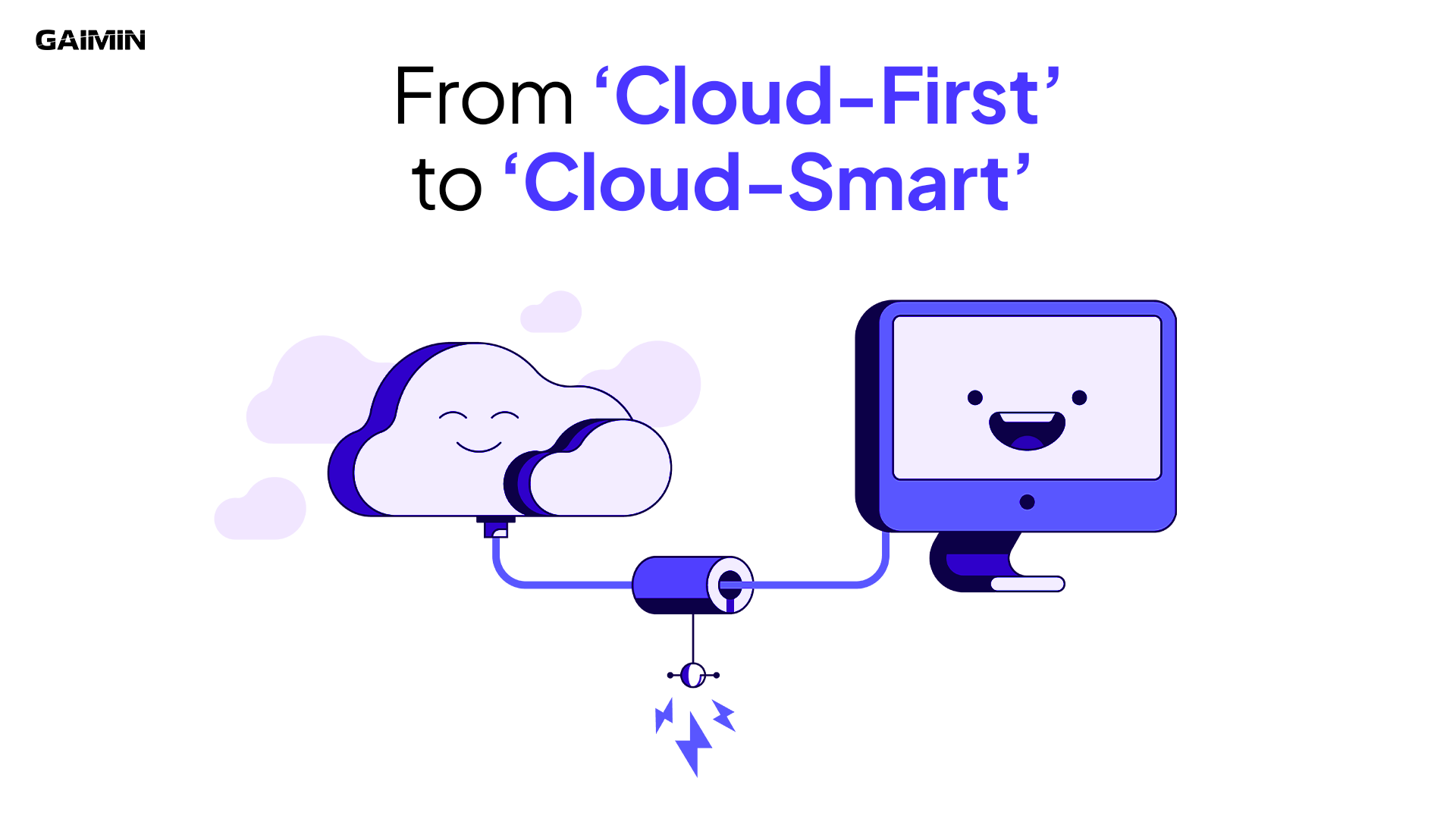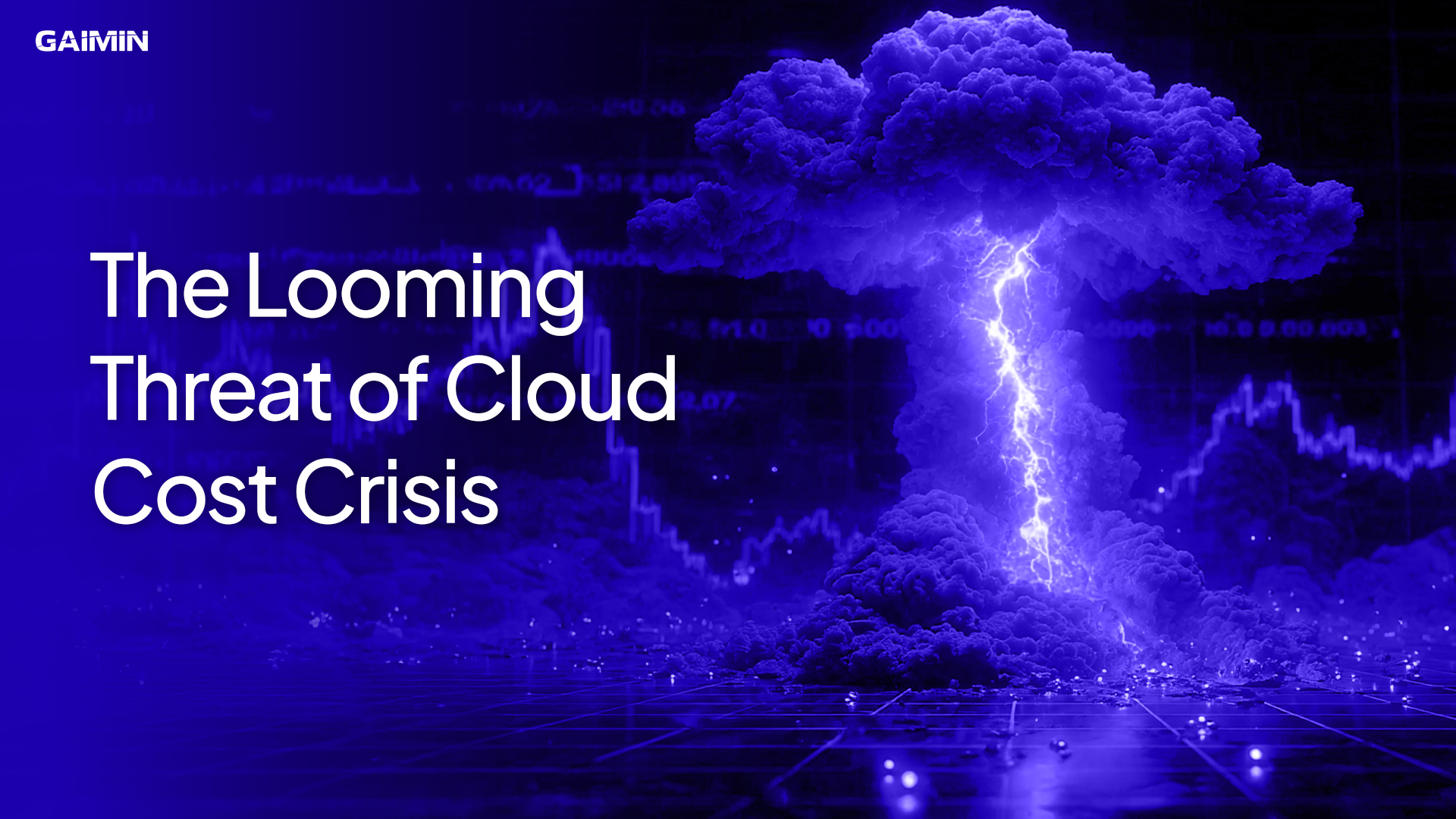Data processing is the process of collecting, analyzing, and manipulating large sets of data to extract useful information and insights. It is used in a wide range of industries and applications, such as:
- Rendering: In the entertainment industry, 3D rendering is used to create high-quality images and animations for movies, video games, and other visual media. It requires powerful computing resources to process and render large 3D models and scenes.
- Artificial Intelligence (AI): AI is a branch of computer science that deals with the development of intelligent systems and machines. It requires powerful computing resources to process and analyze large sets of data to learn and make decisions.
- Blockchain: Blockchain is a distributed ledger technology that enables secure and transparent transactions. It requires powerful computing resources to process and validate transactions on the blockchain network.
- Scientific simulations and research: Many scientific fields such as physics, chemistry, and biology require powerful computing resources to perform complex simulations and analyze large sets of data.
- Financial modeling and analysis: Financial institutions rely heavily on data processing to perform financial modeling, risk analysis, and other complex calculations.
- Video encoding and transcoding: Video content is a major driver of internet traffic, and powerful computing resources are needed to encode and transcode video for streaming and other uses.
- Blockchain computations: Also known as mining, requires significant computing power to process complex mathematical problems and validate transactions on the blockchain.
- Natural Language Processing (NLP): NLP is a branch of AI that deals with the interaction between computers and human languages, it requires powerful computing resources to process and analyze large sets of text data.
- Weather forecasting: Weather forecasting requires powerful computing resources to process and analyze large sets of weather data to make accurate predictions.
- Medical imaging: Medical imaging such as CT and MRI scans require powerful computing resources to process and analyze large sets of medical data.
- Big data analytics: Big data analytics refers to the process of collecting, storing, and analyzing large and complex data sets, it requires powerful computing resources to process and extract insights from the data.
- Search Engine Optimization (SEO): SEO requires powerful computing resources to process and analyze large sets of data to optimize websites for search engines.
- Autonomous vehicles: Autonomous vehicles require powerful computing resources to process and analyze large sets of data from sensors and cameras to make decisions and navigate.
These are just a few examples of the many uses of data processing. As technology advances and new applications are developed, the need for powerful computing resources will continue to grow. gaimin.cloud offers a solution to harness the underutilized computational resources
Why is the demand for data processing growing so quickly?
Demand for data processing is growing due to a number of factors. One of the main drivers is the increasing amount of data being generated and collected by businesses and organizations. With the rise of the internet and the proliferation of connected devices, vast amounts of data are being created every day, and this data needs to be processed in order to be useful.
Additionally, advancements in technology such as blockchain, rendering, machine learning and artificial intelligence have increased the need for data processing, as these technologies rely on large amounts of data to function effectively. Another key driver of demand for data processing is the increasing use of cloud computing, which allows businesses to access processing power on-demand and pay for only what they use, rather than investing in expensive hardware and infrastructure.
Overall, the growing demand for data processing is driven by the need to make sense of the vast amounts of data being generated and the increasing use of data-driven technologies and services.
-Gaimin Company



.png)
